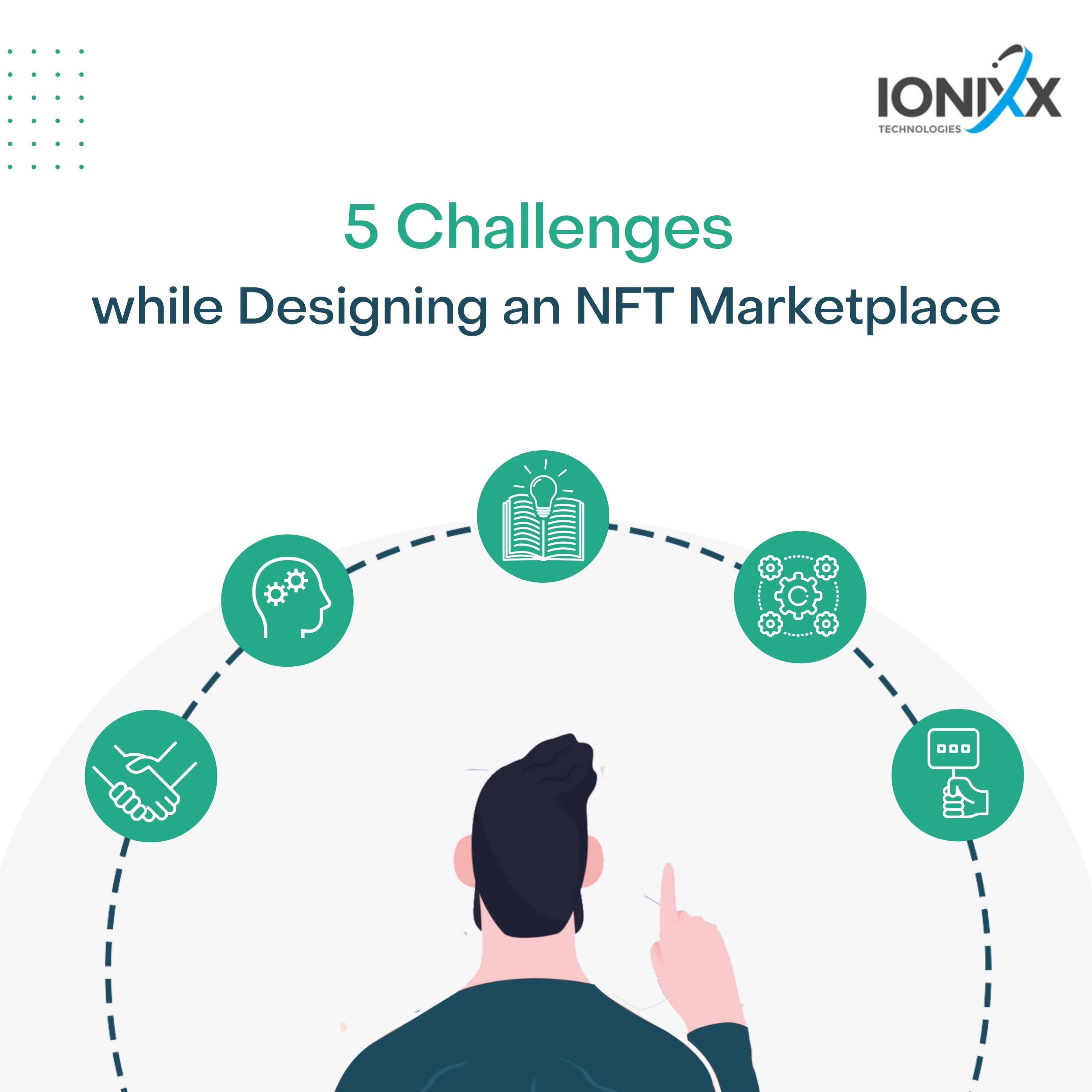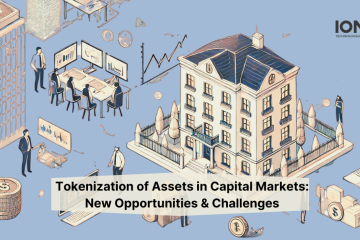Imagine visiting a national museum and catching yourself intrigued by the beauty and depth of a certain artwork. You immediately want to carry a small piece of it with you back home to treasure it for posterity. What do you do? You probably would buy a souvenir that represents the artwork in its best form or get a photograph of the artwork to showcase it at home — but the original artwork still remains where it is, and doesn’t lose any of its value. The concept of NFTs or Non-fungible tokens finds its relevance in this little analogy, albeit digitally. Particularly catching the fancy of Web 3.0 enthusiasts, NFTs represent ownership of a specific digital asset, one that is rare and invaluable, assigned with a uniquely distinct digital identity in order to prevent phoney duplication.

Non-fungible tokens or NFTs have been garnering a lot of attention so much so that 2021 was defined by their exponential rise. Since 2017, the NFT market has grown multifold with sales volumes shooting to $10.7 billion in the third quarter of 2021.
Typically, NFTs are built on decentralized platforms, like the blockchain, in order to make them immutable, quickly accessible, and to keep them secure. That said, what are their typical use cases, you may wonder? Sample this: The first tweet from Twitter boss Jack Dorsey – “just setting up my twttr” – sold for $2.9 million as an NFT in March.
So, anything that you want to store for the future, be it an artwork, a tweet, a collectible, a music composition, etc. can be converted to a digital asset, and work as an NFT. Copies of it can be traded with the original still remaining intact. NFTs have found widespread acceptance in the domains of publishing, music ownership and copyrighting, play-to-earn gaming, among others.
As the entrepreneurial bandwagon continues to explore its wide-ranging potential, UX and UI designers have been identifying novel ways to deal with the challenges characteristic of building an NFT marketplace; a platform that houses several vendors and brands to sell digital assets to a curated customer base.
In this blog, let’s explore a few of these challenges.
1.Cutting down on the steep learning curve
Since NFTs are still finding their ground and evolving everyday at a rapid pace, there’s a steep learning curve associated with using NFT marketplaces, particularly for first-time users. Tasks such as addings funds to make an NFT purchase on a marketplace entails a lengthy process that tends to frustrate users. One way to get around this is to design a context-sensitive interface with instructions given along every step for the user to experience seamless task completion. Providing an efficient checkout process by analyzing different types of payments and identifying the optimal one, categorizing each payment type, and minimizing the number of steps by grouping them under sub-categories are some of the ways to design for a friction-free and trustworthy payment experience. The addition of e-wallets feature can also be beneficial in expediting the purchase process in a simple and seamless manner.
2.Designing for trust
NFTs inherently come with the risk of being plagiarized owing to the proliferation of artworks and collectibles in current day market. This makes it difficult to identify clones, scams, and the like. It is therefore important for UX and UI designers to design a marketplace that looks trustworthy by building it on immutable technologies such as the blockchain to ensure that security, transparency, and duplication are taken care of. By assigning each NFT with a unique digital signature, the issue of plagiarism can be tackled quite efficiently.
3.Tackling edition control through evidence-based decision making
Considering the dynamic nature of NFTs and with their rapid evolution every passing day, there is a chance for an NFT to get updated every so often thus allowing scope to have multiple editions. This leaves users with a perpetual need to understand which edition to buy that aligns with their preferences. To help users with making decisions on selecting the edition for an NFT, UX designers can create data-driven dashboards separately for buyers and sellers with distinct search filters and clear display dates that could guide users toward optimal decision-making.
4. Facilitating interoperability across marketplaces
Across several NFT marketplaces, users are expected to have their purchases made from within the same marketplace where the NFT is housed. In other terms, a basic rule is for users to have their e-wallet funded thus limiting payment options significantly. This translates to increased time invested for the buying process. One work around around this is for UX designers to design for interoperability and enable cross-platform payments through robust APIs. Yet another aspect that can be addressed is to facilitate conversion across various cryptocurrencies. Since most of the NFTs are being sold in Ethereum blockchain, the prices are indicated in ETH. Designing a feature that helps convert from ETH to fiat or any other crypto, depending on the user’s geographic location and preference will be a good add-on for an average NFT consumer.
5. Enabling seamless bidding through clear navigation and UI styles
By building detailed and data-intensive dashboards that provides a bird’s eye view of complete profile information, users would be able to carry out bidding activities from a single comprehensive interface. Additional information that includes saved billing address, credit cards, saved NFTs,transactions, and order histories also help in users carry out well-informed bidding. An appropriate visual design that factors in the color palette based on what NFTs are sold on a marketplace helps achieve optimal trading. For example, if you are creating a generic, one-stop-shop NFT marketplace that has several items across various categories, it might be a good idea to keep the background as neutral as possible. Given that there will be all forms of art on the marketplace, a vivid background palette will likely not align with all the content. Using dark themes to reduce light exposure is also a good way to ease eye strain and help users focus on what’s on offer in the NFT marketplace.
Putting in time and effort into researching best practices and designing UX and UI for an NFT marketplace is important for your target audience to navigate easily. This takes adequate knowledge of user interface design principles as well as a deep understanding of UX principles – both of which are crucial for creating a successful NFT marketplace UX design. Equipped to handle these challenges and drawing from our own experience of building crypto products and solutions, feel free to get in touch with us for building your NFT marketplace. Get in touch!


